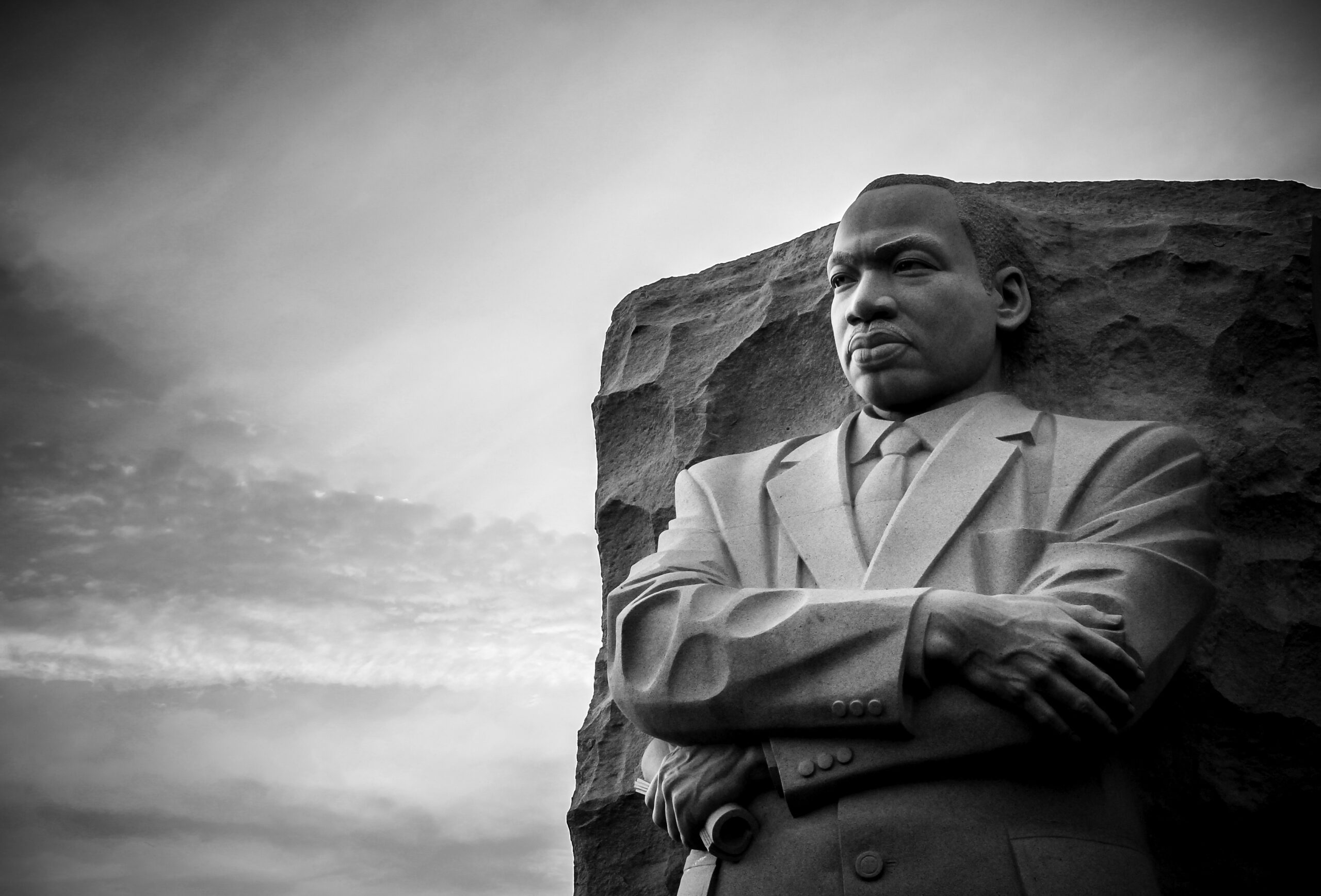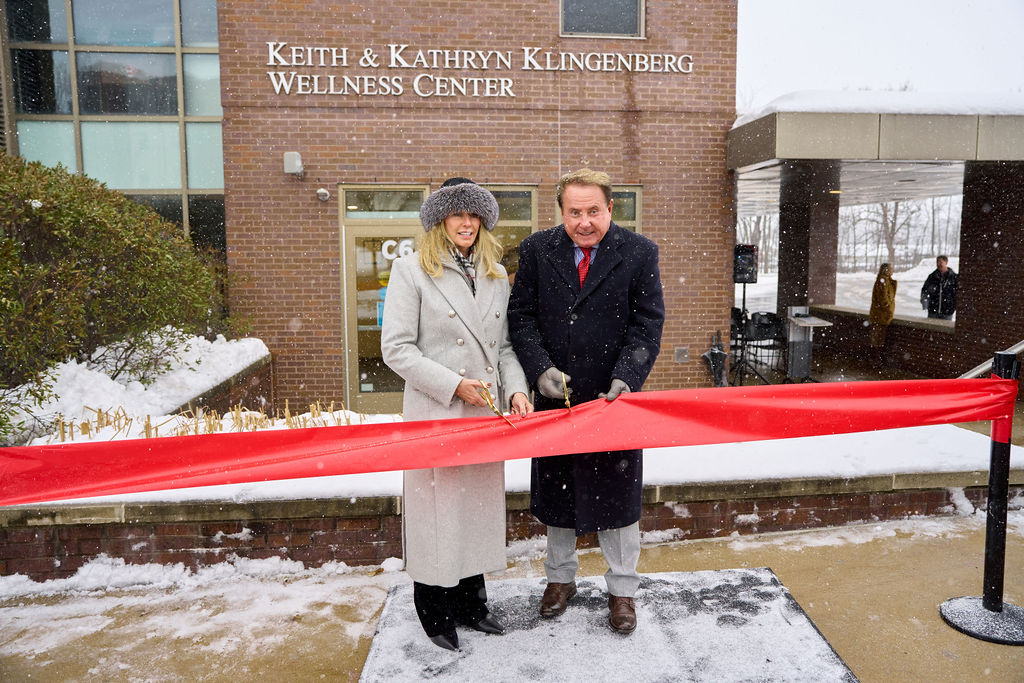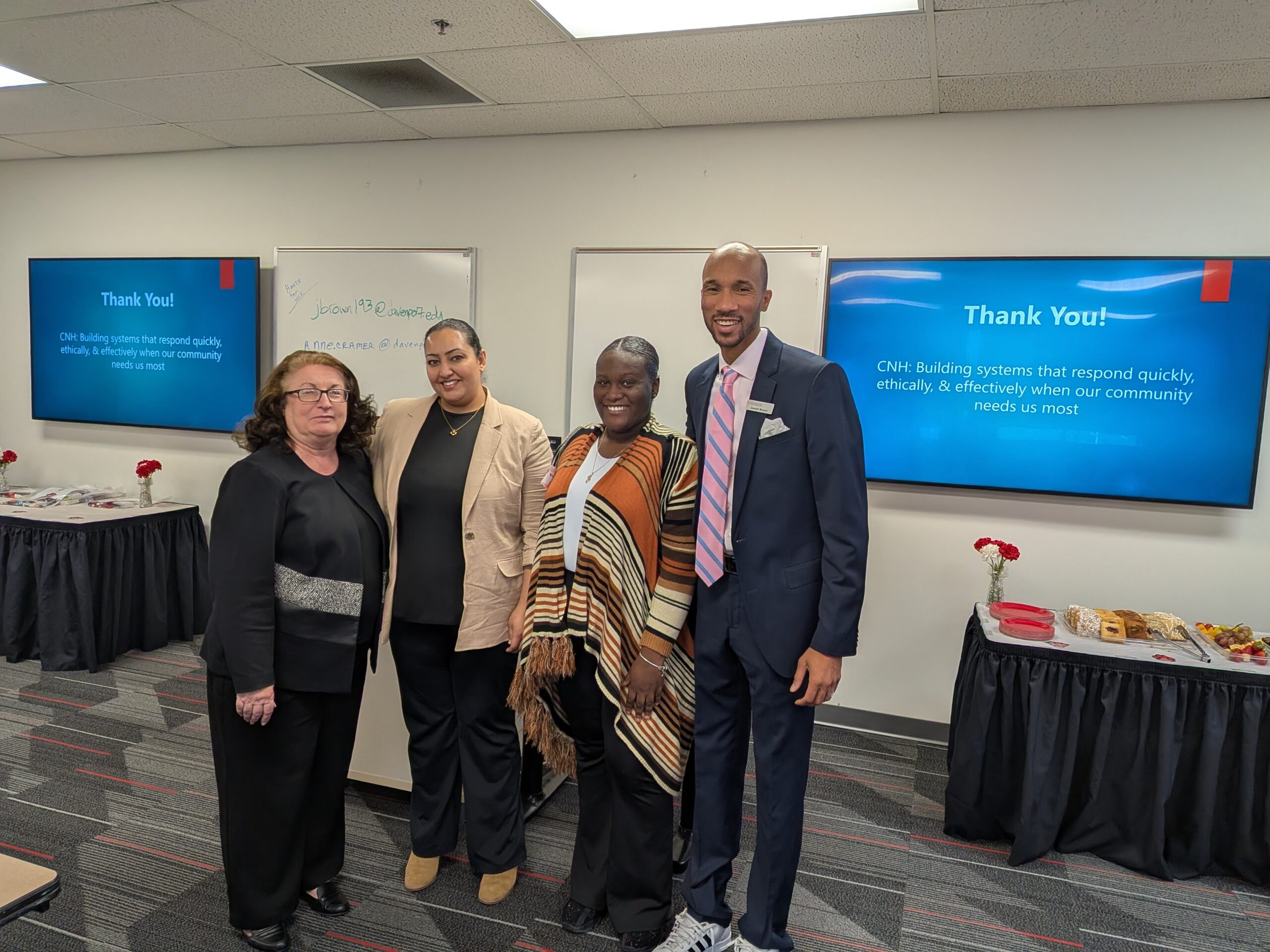During the next few weeks, Associate Professor Chris Hamstra is teaching several sessions on leadership and communication (Authentic and Servant-leadership, leadership life-stories, etc.) at Bifröst University in Iceland. Chris is documenting his time in Iceland in a series of articles to be featured on his LinkedIn page.
This is the second article in the series.
Iceland 2017: Engaging the Paradox
One of the first signs you see when stepping into the terminal says: “Welcome to Iceland. The land of fire and ice.” I took a minute by this advertisement and grabbed the picture above. The idea is interesting to me.
This country seems to have embraced the idea that two contradictory positions can exist together. Flying in from the context where it seems that just about everything is an Either/Or position, I wonder if there might be a third option and room found for learning in business, in communities, and in our lives?
Monday we started Summer School Iceland 2017 titled: Sustainable Future: Creative Leadership in the 21st Century at Bifrost University. I want to say “Thank You” to the M.E. Davenport Legacy Endowment for their support to make this short-term visiting faculty opportunity a reality. The personal and professional benefits from this pilot program I hope will impact continued faculty learning and student learning in the months and years to come.
A paradox is defined in the dictionary as a situation, a person, or thing that combines contradictory features or qualities. In my mind, clashing in the area of communication is the battle between listening – speaking. The focus with Robert Greenleaf contains the conflicting ideas that “The servant-leader is servant first” (Greenleaf, 1977, p. 13). In the learning environment, how does teaching-learning dynamic play out among adult, self-directed learners?
When thinking about two items rubbing against each other a tension exists. I’ll be honest, in the past, and even now, I tend to focus on the differences which can create a destruction tension. I am learning that the tension created in a paradox can also be positive and spark new thoughts.
So, while I have been in Iceland for just a few days during this adventure, here are some of new thoughts. I recognize these might seem simplistic, naïve, or already addresses by others. My attempt in these short posts is to possibly spark a few ideas or create a conversation.
Iceland – Land of Fire AND Ice
As I understand, Iceland sits on top of two tectonic plates that are constantly moving and rubbing against each other. Magma and the resulting lava that flows to the top and out onto the ground continues to form this island in the North Atlantic.
At our Welcome Dinner over the weekend I was talking to Audrey who is one of the lead professor of the Summer School. She remembers some of the volcano eruptions and when the island of Surtsey was formed. Starting a few hundred feet from the surface of the ocean, Surtsey emerged during a five year eruption (1963-1968). She also remembers the evacuation of Heimaey during the eruption of 1973. The town of around 5000 people was all safely evacuated to another spot.
The conclusion for me based on these circumstances is that there are times that a paradox can emotionally and physically move us to a new spot. How are we creating a positive tension that moves people in our communication and leadership?
Communication – Listening AND Speaking
I have written about this before but my experience over the past few days has reinforced this idea that communication rests on listening to, and seeking to get a better idea of the “audience.” In Stephen Denning’s book The Secret Language of Leadership he devotes time to getting to know your audience first before engaging business narratives. This idea has noted under a variety of terms like narrative intelligence and others. The bottom line learning for me is that to speak well and to be understood, I need to first listen and understand.
Leadership – Service AND Leadership
Greenleaf was intentional in the use of the hyphen between the words servant-leadership. These ideas must be considered together to understand the larger picture and to develop meaning. Peter Northouse uses the term “paradox” to describe the phenomena of servant-leadership. As we talked about the term on Monday it was interesting to me to hear that many of us are pulled towards the idea of service. There still seems to be a distinct challenge in the practice of how we practice servant-leadership.
The new thought for me out of this tension is that an important first step is being available. To me it seems that this tension of service and leadership can be built upon being physically, mentally, and emotionally present with people and situations.
I hope in this post have encouraged us to think about how two opposite ideas that are seen as a paradox might be combined to create a positive tension. There seems to be a wonderful opportunity to create new knowledge and new relationships so that individuals, groups, and organizations do not just survive but have the opportunity to thrive.
Share This Story!
During the next few weeks, Associate Professor Chris Hamstra is teaching several sessions on leadership and communication (Authentic and Servant-leadership, leadership life-stories, etc.) at Bifröst University in Iceland. Chris is documenting his time in Iceland in a series of articles to be featured on his LinkedIn page.
This is the second article in the series.
Iceland 2017: Engaging the Paradox
One of the first signs you see when stepping into the terminal says: “Welcome to Iceland. The land of fire and ice.” I took a minute by this advertisement and grabbed the picture above. The idea is interesting to me.
This country seems to have embraced the idea that two contradictory positions can exist together. Flying in from the context where it seems that just about everything is an Either/Or position, I wonder if there might be a third option and room found for learning in business, in communities, and in our lives?
Monday we started Summer School Iceland 2017 titled: Sustainable Future: Creative Leadership in the 21st Century at Bifrost University. I want to say “Thank You” to the M.E. Davenport Legacy Endowment for their support to make this short-term visiting faculty opportunity a reality. The personal and professional benefits from this pilot program I hope will impact continued faculty learning and student learning in the months and years to come.
A paradox is defined in the dictionary as a situation, a person, or thing that combines contradictory features or qualities. In my mind, clashing in the area of communication is the battle between listening – speaking. The focus with Robert Greenleaf contains the conflicting ideas that “The servant-leader is servant first” (Greenleaf, 1977, p. 13). In the learning environment, how does teaching-learning dynamic play out among adult, self-directed learners?
When thinking about two items rubbing against each other a tension exists. I’ll be honest, in the past, and even now, I tend to focus on the differences which can create a destruction tension. I am learning that the tension created in a paradox can also be positive and spark new thoughts.
So, while I have been in Iceland for just a few days during this adventure, here are some of new thoughts. I recognize these might seem simplistic, naïve, or already addresses by others. My attempt in these short posts is to possibly spark a few ideas or create a conversation.
Iceland – Land of Fire AND Ice
As I understand, Iceland sits on top of two tectonic plates that are constantly moving and rubbing against each other. Magma and the resulting lava that flows to the top and out onto the ground continues to form this island in the North Atlantic.
At our Welcome Dinner over the weekend I was talking to Audrey who is one of the lead professor of the Summer School. She remembers some of the volcano eruptions and when the island of Surtsey was formed. Starting a few hundred feet from the surface of the ocean, Surtsey emerged during a five year eruption (1963-1968). She also remembers the evacuation of Heimaey during the eruption of 1973. The town of around 5000 people was all safely evacuated to another spot.
The conclusion for me based on these circumstances is that there are times that a paradox can emotionally and physically move us to a new spot. How are we creating a positive tension that moves people in our communication and leadership?
Communication – Listening AND Speaking
I have written about this before but my experience over the past few days has reinforced this idea that communication rests on listening to, and seeking to get a better idea of the “audience.” In Stephen Denning’s book The Secret Language of Leadership he devotes time to getting to know your audience first before engaging business narratives. This idea has noted under a variety of terms like narrative intelligence and others. The bottom line learning for me is that to speak well and to be understood, I need to first listen and understand.
Leadership – Service AND Leadership
Greenleaf was intentional in the use of the hyphen between the words servant-leadership. These ideas must be considered together to understand the larger picture and to develop meaning. Peter Northouse uses the term “paradox” to describe the phenomena of servant-leadership. As we talked about the term on Monday it was interesting to me to hear that many of us are pulled towards the idea of service. There still seems to be a distinct challenge in the practice of how we practice servant-leadership.
The new thought for me out of this tension is that an important first step is being available. To me it seems that this tension of service and leadership can be built upon being physically, mentally, and emotionally present with people and situations.
I hope in this post have encouraged us to think about how two opposite ideas that are seen as a paradox might be combined to create a positive tension. There seems to be a wonderful opportunity to create new knowledge and new relationships so that individuals, groups, and organizations do not just survive but have the opportunity to thrive.
Share This Story!
Stay connected!
Get the latest Davenpost News delivered to your inbox!
Related Stories
Sam Abu-Ajwah is the 2015 Hy Berkowitz Professional Excellence Award Winner. We are proud to honor Sam with this award, as [...]
Making meaningful connections with people is one of Leandra Nisbet’s ‘08, ‘12 special talents. This driving theme is what has [...]
“As the first woman in the VP of Finance role at The Stow Company, I quickly realized that my hard [...]
Latest Stories
Davenport University partners with Grand Valley State University and Grand Rapids Community College on the community-wide MLK day celebration on [...]
Davenport President Richard J. Pappas addresses attendees. Davenport University leaders, trustees, employees and guests gathered December 10 on [...]
Pictured from left to right: Susan Crkovski, executive campus director-Warren; Davenport student Jeryn Washington, BSN Pre-Licensure program; Davenport student Manar [...]








